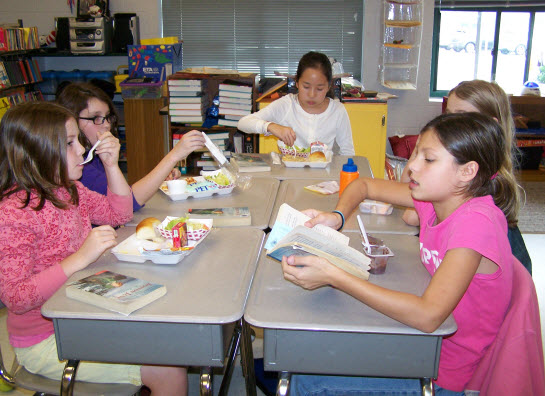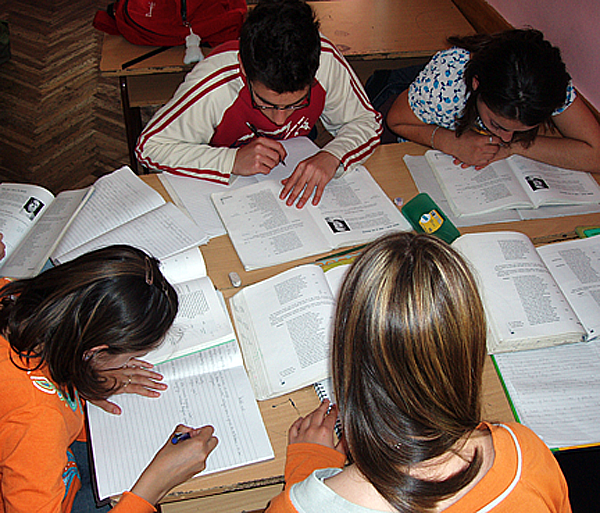How to Use Book Clubs as a Reading Strategy

Book clubs are effective for encouraging regular reading and intense literary discussions, and in this sense they can serve as great educational tools. Dividing the students in your class into small book clubs can help them develop their skills as independent readers, and sharpen their critical and analytical abilities when it comes to dissecting and discussing works of literature.
Instructions
-
1
Start by selecting a genre or theme your class will be focusing on – this is usually related to what the students have been covering in their English class. If, for example, you are studying a particular historical setting, pick books related to that location and period in time, and if you happen to be studying a particular theme, you can select books that expound on this theme (e.g. if the theme is poverty, select books like “Oliver Twist”, or “Les Miserables”).
-
2
Next, divide the students into groups, depending on their reading level – e.g. group together the faster readers, who are capable of reading higher level material, and similarly, bunch the medium and lower level readers together, so all the students remain in their comfort zone and are able to keep up with the rest of their book club. However, in order to make the book clubs more concentrated, and give every student a chance to contribute substantially to their club, do not make groups of more than 5 students.
Image courtesy: corkboardconnections.blogspot.com
-
3
Now, select a number of books belonging to different reading levels. It is important to have a good selection on hand, as you will be asking the students to choose what they want to read themselves – this will encourage greater interest in the book. In order to incorporate the element of choice, and still make sure every student picks a book she/he will be comfortable with, offer every student a choice of two or three books that are close to her/his reading level.
-
4
Once the books have been assigned, and the book clubs have been created, it is time to ask each club to create a reading and meeting schedule. Hand out the books to each student, and ask each group to divide their book into sections – every group will hold a meeting after completing each section. Explain to the students that is it absolutely essential to meet these reading checkpoints in time, so they can participate fully in their book club’s meetings.
Image courtesy: bookclubsforliteracy.org
-
5
After all this has been arranged, make sure you set aside some in-class reading time daily. While some students may read at home, this may not be possible for all of them, so make sure you give them plenty of time to get their reading done in class. This will also give them the option of consulting the teacher if they stumble upon something difficult in the text, and this way you can guide them. As they read, ask students to jot down discussion questions they want to bring up during their book club meeting.
Image courtesy: mrsnelsons.com
-
6
Finally, allow students to hold their book club meetings as per schedule. Act as a facilitator to make sure students cover all the major points in the text, but do not intervene more than is necessary, and allow the meetings to be as student-led as possible. In order to give them more focus, you might want to appoint one student as the discussion director, to lead the book club discussions.







